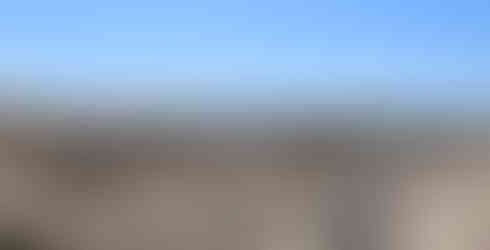Mythos Visits: Kourion
- mythossubmissions
- Sep 8, 2022
- 3 min read
Updated: Jan 1, 2024

For our last stop in Cyprus, Mythos took a trip to the ancient city of Kourion, a collection of ruins located partway between Pathos and Limassol.
The area has been inhabited since Neolithic times, and was colonized by the Mycenaeans between the 14th and 12th centuries BC. The city is said to have been found by the Argives – a people originally from the city of Argos, one of the oldest cities in Europe. It is thought that its name derives from its founder Koureas, son of King Kinyras (or Cinyras) – a legendary king of Cyprus. When the Trojan war began, Kinyras swore to send fifty ships with Agamemnon but failed to uphold his promise. He sent only one ship, the others were fake and made of clay. His most famous son is not Koureas, but instead Koureas’s brother and nephew, Adonis.
Unlike the Pathos ruins, which are a bit of a maze, the ruins at Kourion fall mostly along one straight road, so we decided to start at the furthest part of the archaeological park and make our way back to the entrance. This meant that we started with the house of Achilles.
The house of Achilles is a set of ruins dating back to 4th century AD. They are named for the mural inside, which depicts the meeting of the heroes Achilles and Odysseus, known in Rome as Ulysseys, at the house of Lycomedes. The famous hero, Achilles, was prophesied to die during the Trojan war. To keep him safe, his mother Thetis disguised him as a girl and sent him to King Lycomedes. The Greeks suspected that Achilles was hiding in Lycomedes court, and the cunning Odysseus was sent to retrieve him.
There are two different stories of how Achilles was tricked into revealing himself. In one, Odysseus disguised himself as a merchant bringing wares to sell to the daughters of Lycomedes. Where his real daughters went straight to the jewels and clothes, Achilles went for the weapons and swords. In another version, Odysseus faked an invasion, and Achilles immediately took up arms to save his home. In both versions, Achilles’ identity was revealed, and he was sent to Troy.
Many of the next buildings are found close together, and even on top of each other, forming a large compound of ruins from different periods. This includes buildings from the Hellenistic period, the Roman period and the early Christian period, creating a timeline that stretches from 325 BC to the early 5th Century. Perhaps the largest of these buildings is the Christian Basilica, which is thought to have once served as a cathedral for the earliest bishops of Kourion. Among the Roman ruins can be found the remnants of a public bath, an apodyterium (changing room) and most interestingly from a mythological perspective, a Nymphaeum.
A Nymphaeum is a sanctuary dedicated to nymphs – minor deities in Greek and Roman mythology usually associated with water or plants and growing things. Their number included Calypso, (from ‘The Odyssey’), Daphne (who fled Apollo) and Echo (spurned by Narcissus).
Nymphaeums originally tended to be natural places – grottos and caves with springs or streams flowing through them. Later, artificial versions of these sanctuaries were created – such as the one found in Kourion.
Closest to the entrance – and so what you would see when you first enter the site if (unlike us) you plan on sticking to the path – are found the impressive old Roman theatre and the house of Eustolius. The theatre is thought to have been built in the 2nd Century AD before being destroyed and abandoned. Much of what remains now is a modern reconstruction, still used for performances and plays today.
Behind the theatre is the house of Eustolius, unique among all the ‘houses’ that we saw in Cyprus as it was not named for a god or a hero, but instead for a Roman aristocrat, Eustolius, an important benefactory of Kourion. In the reception area of the house, a well-preserved mosaic depicts the bust of a woman holding a measuring tool. The woman is Ktisis and she personifies the act of creation.
Both the theatre and the house of Estolius are positioned to look out upon stunning fields and the beautiful Mediterranean ocean, a view that we were very sorry to leave behind when it was time to depart.
Thanks for reading! If you enjoyed it and would like to see more, please consider leaving us a tip on Ko-fi.




































Comments